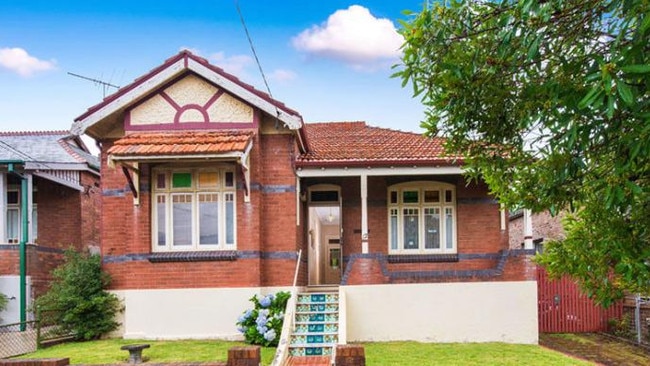Housing market gets off to weak start in 2019, says CoreLogic
Housing market woes continue with month-to-month price falls accelerating to their worst in three decades and sales dropping to a 21-year low.

The nation’s housing market got off to a poor start in 2019 with researcher CoreLogic’s home value index dropping by 1 per cent in January, signalling a weak start to the property market.
The group revealed there was weakness in housing markets across the nation with every capital city, apart from Canberra, recording a month-on-month fall in dwelling values.
The weakest housing market conditions continue to be focused in Sydney and Melbourne, where values have fallen by at least 1 per cent on a monthly basis each month since November last year. In a concerning sign, both markets have seen an acceleration in the rate of decline over the past three months, with the rolling quarterly fall tracking at the fastest pace since the downturn commenced.
Sydney dwelling values were down 4.5 per cent over the three months ending January 2019 and Melbourne values were 4 per cent lower.
The dramatic falls mean that Sydney dwelling values are back to levels last seen roughly two and half years ago, or around July 2016.
In Melbourne, where the market peaked four months later than Sydney, dwelling values are back to January 2017 levels.
Going against the trend, the best performing capital city over the three months to January 2019 was Hobart where prices lifted by 1 per cent.
UBS economists George Tharenou and Carlos Cacho said the market kept getting worse with month-to-month home price falls accelerating to their worst in 36 years and sales dropping to a 21-year low.
UBS said the pace of the falls was the same as the largest declines in the global financial crisis in 2008 and the equal worst in 36 years around the 1982/3 recession
“We have long expected a 10 per cent drop, or more if regulators don’t ease. But now that the Australian Prudential Regulation Authority has effectively ruled out further macroprudential easing, the risk of an even larger fall has increased,” the UBS economists said, adding interest rate may have to be cut to protect the economy.
“If there is a policy maker desire to support housing, given increasing evidence of a negative spill over to the rest of the economy, it would need to cut via the RBA cutting the cash rate,” they added.
The results will stoke fears of further falls as the banking royal commission squeezes credit to the housing sector and government attempts to inject life into the market fall flat.
The slip in CoreLogic’s hedonic home value index last month meant that the cumulative decline in Australian dwelling values has hit 6.1 per cent since the market peaked in October 2017.
The national index has fallen over 13 of the past 15 months and national dwelling values are now back to levels last seen in October 2016.
The CoreLogic figures revealed the dramatic impact of the slowdown across major capital cities, with the annual fall in dwelling values in Sydney hitting 9.7 per cent and Melbourne just behind with an 8.3 per cent drop.
On this annual measure, Brisbane prices have been flat, while Adelaide edged up by 0.9 per cent and Canberra rose by 3.8 per cent.
Smaller cities showed a stark divergence over this period with Darwin off by 3.5 per cent and Hobart rocketing up by 7.4 per cent, although this did not substantially influence the overall decline across capital cities of 6.9 per cent.
CommSec chief economist Craig James said the “great unwinding” continues after Sydney and Melbourne home prices rose at an unsustainable rate over 2015-17.
Mr James said prices were retreating to “fair value” but just where that lies for home prices “remains to be seen”.
While analysts have warned of peak of trough falls of about 20 per cent as the house price collapse gathers steam, Mr James noted that Sydney and Melbourne home prices were still well above the August 2012 lows.
Sydney dwelling prices are up 50 per cent from their August 2012 lows, while Melbourne prices were up 44 per cent.
“The good news in the NSW and Victorian markets is that the unwinding of unsustainably high prices is occurring at a time when job markets are in the best shape in 40 years,” Mr James said.
CommSec said over the longer term, Hobart is up 40 per cent, Canberra is up 23 per cent and Brisbane and Adelaide prices are both up by around 18 per cent.
Perth and Darwin prices had been hit by the ending of the resources boom over this period.




